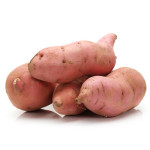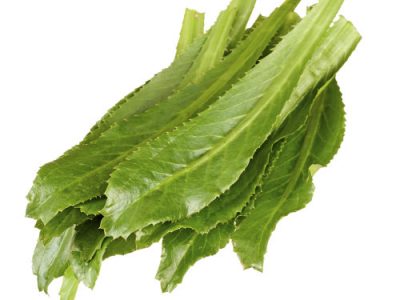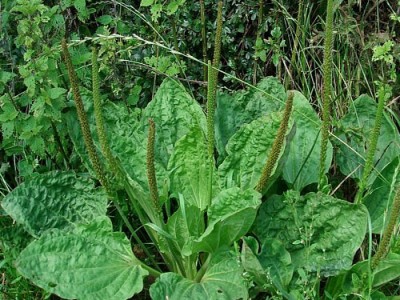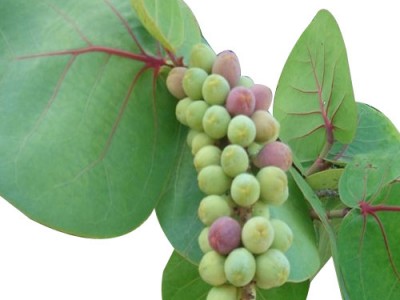
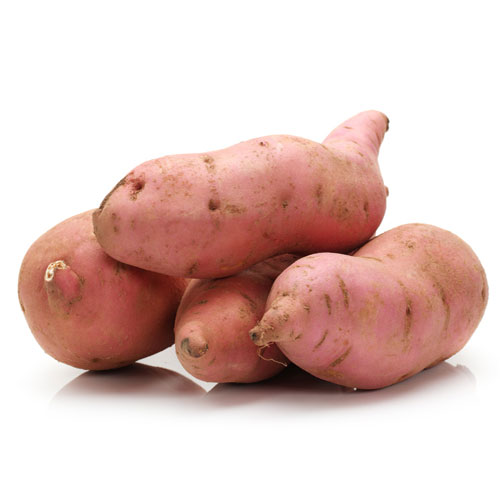
Sweet Potato Uses and Benefits
Sweet potato
[tribulant_slideshow gallery_id=”240″]
Plants and trees with very thick foliage and stems are naturally found in wild and forest zones. The animals and other species enjoy their own lives in the forest dancing and singing with their colleagues. The human species can watch the activities of the animals only when they visit zoo or other botanical centers once in a while which is apathy. Human beings will understand the true meaning of life only when they visit these beautiful forests filled with awesome trees. This topic deals with the plant named sweet potato which belongs to the family Convolvulaceae. The botanical name of this plant is Ipomoea batatas.
Properties Of Sweet Potato
Sweet potato grows throughout the year and considered as a perennial plant. This dicotyledonous tuberous plant has large, starchy, sweet-tasting tuberous roots. This plant is a native of tropical regions in the Americas. This herbaceous perennial vine plant has heart shaped leaves and some cultivars are grown in the garden as ornamental plants. The flowers which generally look beautiful are medium-sized. The edible tuberous root is long and tapered with smooth skins and the color changes between, yellow, brown, red, purple and beige. The colors of the flesh are beige, white, pink, violet, yellow, orange and purple. Sweet potatoes with white or pale flesh are less sweet than other varieties.
Various Names Of Sweet potato
- The sweet potatoes were first tasted by the members of the Columbus’s expedition in 1942. The first record of this name was found oxford dictionary of 1775.
- Potato is generally called as patata in Spain and that is why it is called as ipomoea batatas.
- Many countries such as Argentina, Venezuela, Puerto Rico and the Dominican Republic the sweet potato is called batata.
- In Mexico, Peru, Chile, Central America, and the Philippines, this delicious potato is called camote.
- In Peru and New Zealand this plant is called kumar which originated from the word kumala.
- In New Zealand it is also called as kumara a named derived from maori name.
History
This plant was cultivated in Central America at least 5000 years ago. In South America, Peruvian sweet potato remnants dating as far as 8000 BC have been found. The sweet potato was also cultivated in Polynesia hundreds of years ago. It was cultivated in Cook’s Island at around 1000 AD. This plant was introduced to china in the year 1735 and was grown in private garden. It was also introduced in Korea during 1764. This vine plant is cultivated in many parts of China, Japan, Taiwan, India, Vietnam and other Asian countries. Sweet potatoes were an important diet in the United States which lost its popularity after 20th century.
Cultivation
This plant grows well in many soils, but prefers well-drained, light and medium-textured soils. This plant does not tolerate frost, drought and water-logging, but grows well under full sunshine and warmer nights and the temperature is cool. The tubers can be harvested after two to nine months. This plant is pest resistant and only few pests attack this plant. The nationwide yield in Senegal was 33.3 tons per hectare and in Israel the yield that was reported is 80 m tons. As per the production statistics of 2004, China topped the chart by producing around 105 million tons.
Various Uses
- Chinese consume only a minute proportion and use this crop for feeding the livestock.
- Many countries around the world produce tons of sweet potatoes and use it in many ways.
- The sweet potatoes are very rich in vitamins and supplements.
- This plant is rich in Vitamin A and people in Uganda the children do not suffer from Vitamin A deficiencies since they consume this plant regularly.
- The root, leaves and shoots are all edible and can be consumed lavishly.
- In India many states consume sweet potatoes throughout the year.
- Most of the countries throughout the world add the tubers in their regular diets.
| Principle | Nutrient Value | Percentage of RDA |
|---|---|---|
| Energy | 86 Kcal | 4% |
| Carbohydrates | 20.12 g | 15.50% |
| Protein | 1.6 g | 3% |
| Total Fat | 0.05 g | <0.5% |
| Cholesterol | 0 mg | 0% |
| Dietary Fiber | 3 g | 8% |
| Vitamins | ||
| Folates | 11 µg | 3% |
| Niacin | 0.557 mg | 3.50% |
| Pantothenic acid | 0.80 mg | 16% |
| Pyridoxine | 0.209 mg | 15% |
| Riboflavin | 0.061 mg | 5.50% |
| Thiamin | 0.078 mg | 6.50% |
| Vitamin A | 14187 IU | 473% |
| Vitamin C | 2.4 mg | 4% |
| Vitamin E | 0.26 mg | 2% |
| Vitamin K | 1.8 µg | 1.50% |
| Electrolytes | ||
| Sodium | 55 mg | 3.50% |
| Potassium | 337 mg | 7% |
| Minerals | ||
| Calcium | 30 mg | 3% |
| Iron | 0.61 mg | 7.50% |
| Magnesium | 25 mg | 6% |
| Manganese | 0.258 mg | 11% |
| Phosphorus | 47 mg | 7% |
| Zinc | 0.30 mg | 3% |
| Phyto-nutrients | ||
| Carotene-α | 7 µg | — |
| Carotene-ß | 8509 µg | — |
| Crypto-xanthin-ß | 0 µg | — |

